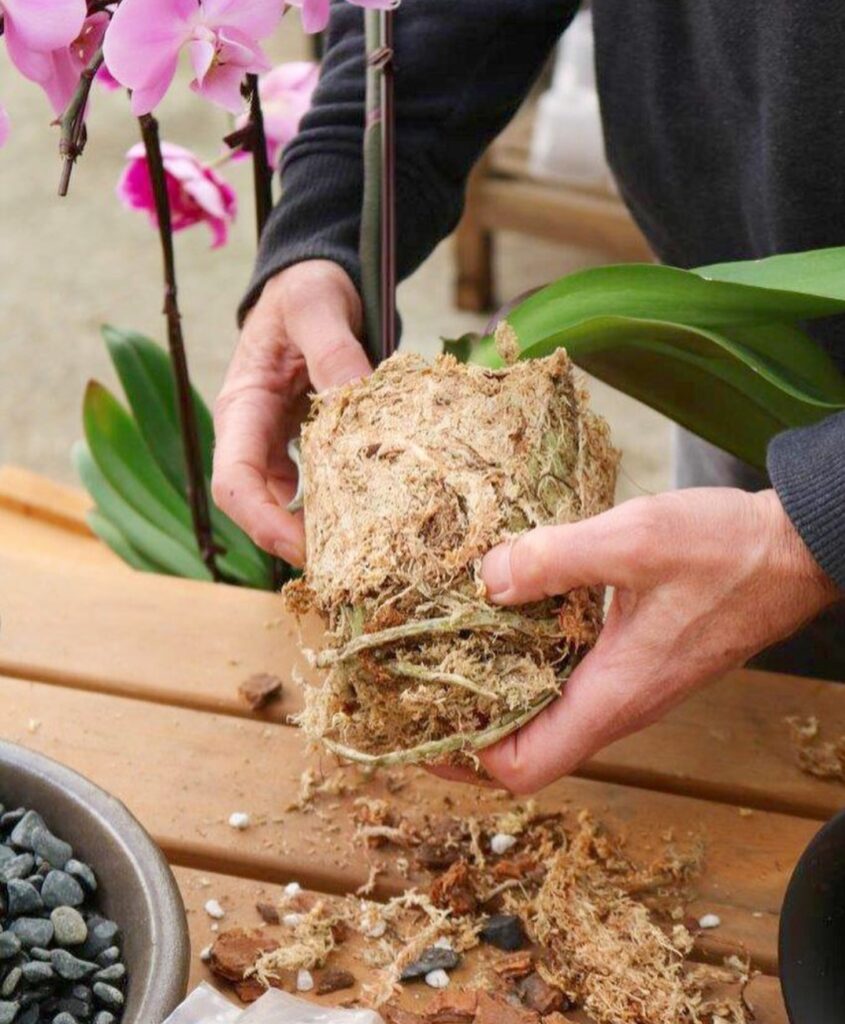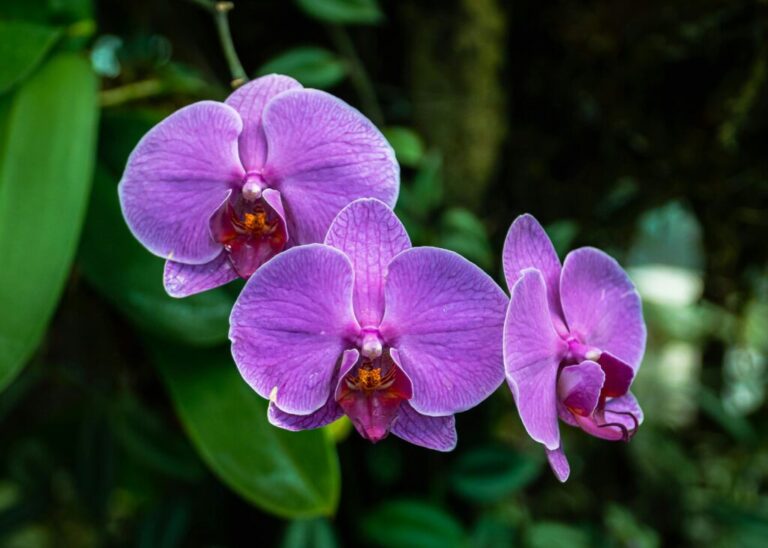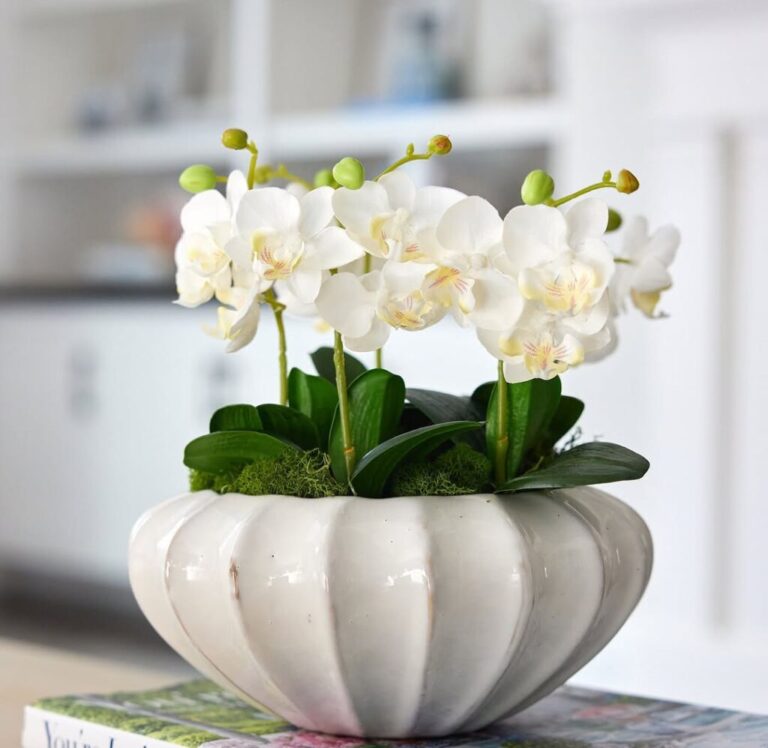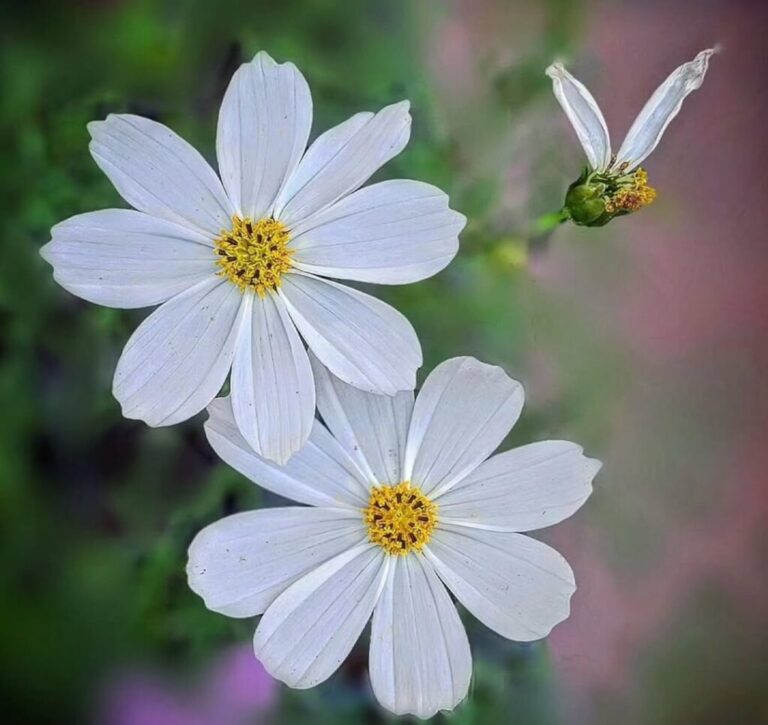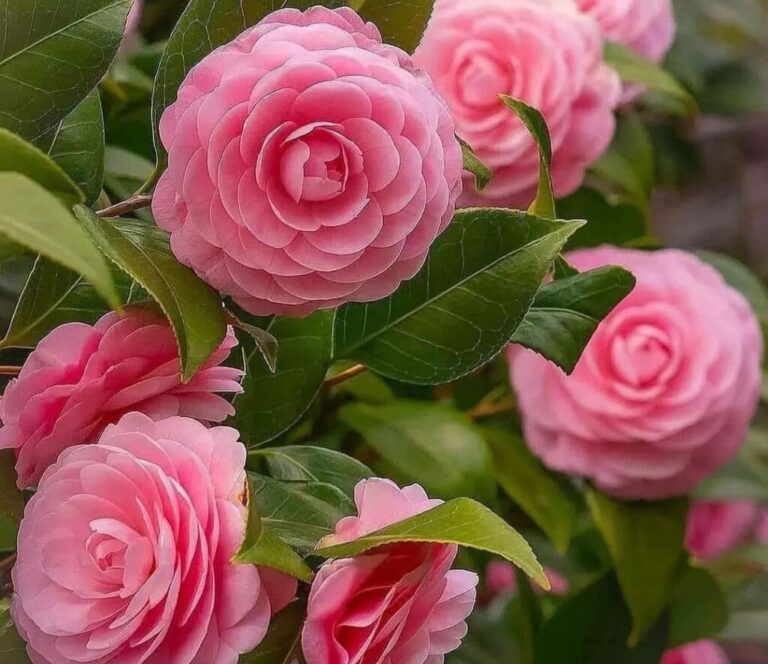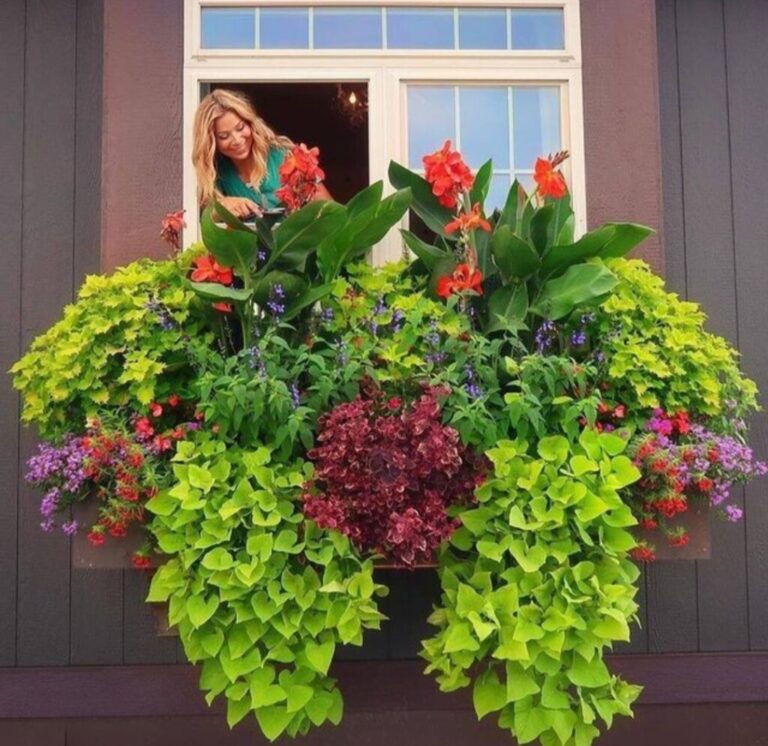Orchids are one of the most captivating plants you can grow, known for their exotic blooms and elegant appearance. However, unlike traditional houseplants that thrive in standard potting soil, the best potting mix for orchids is a well-draining, airy blend that mimics their natural growing conditions. Choosing the right orchid mix ensures healthy root development, better moisture retention, and long-lasting blooms.
Most orchids are epiphytes, meaning they grow naturally on tree branches rather than in soil. Their roots are exposed to the air, allowing them to absorb moisture and nutrients efficiently. Using the wrong potting mix can lead to root rot, dehydration, or poor growth. That’s why selecting the right mix is one of the most important steps to ensure your orchids remain healthy and continue blooming year after year.

Choosing Best Potting Mix for Orchid involves striking a balance between aeration, drainage, and moisture retention. Too much moisture can suffocate the roots, while too little can cause dehydration. In this guide, we’ll uncover the 10 expert tips that will help you choose the best potting mix for your orchids. You’ll also learn about the essential ingredients used in high-quality mixes and how to adjust them to suit different orchid varieties and growing conditions. Whether you’re caring for Phalaenopsis, Cattleya, Dendrobium, or any other orchid species, these insights will help you create the perfect growing environment.
| Ingredient | Benefit |
|---|---|
| Fir Bark | Maximizes airflow, prevents root rot |
| Charcoal | Naturally cleans and absorbs impurities |
| Coarse Perlite | Drains quickly, prevents waterlogging |
| Chunky Peat | Retains moisture while allowing aeration |
| Lava Rock | Aerates roots and enhances drainage |
| Sphagnum Moss | Holds moisture and supports humidity |
- 1 1. Understand Your Orchid’s Natural Habitat
- 2 2. Choose a Well-Draining Potting Mix
- 3 3. Key Ingredients for the Best Orchid Potting Mix
- 4 4. Balance Moisture Retention and Drainage
- 5 5. Use the Right Pot for Proper Drainage
- 6 6. Refresh Your Orchid Mix Regularly
- 7 7. Sterilize Your Potting Mix Before Use
- 8 8. Consider Adding Organic Fertilizer
- 9 9. Customize the Mix Based on Humidity and Climate
- 10 10. Know When to Repot Your Orchid
- 11 FAQs: Best Potting Mix for Orchids
1. Understand Your Orchid’s Natural Habitat
Before selecting a potting mix, it’s crucial to understand how orchids grow in their natural habitat. Most orchids, such as Phalaenopsis, Cattleya, and Dendrobium, are epiphytes, meaning they attach themselves to tree trunks and absorb nutrients from the air and organic debris around them. Unlike terrestrial plants that require soil, epiphytic orchids rely on free-flowing air around their roots. This is why a well-aerated potting mix is essential. Some orchid species, such as Paphiopedilum and Phragmipedium, are semi-terrestrial and grow in leaf litter, requiring slightly more moisture than epiphytic types.
➡ Expert Tip: Identify the specific type of orchid you own and choose a potting mix that mimics its natural growing environment. This ensures the best root health and overall plant vitality.
2. Choose a Well-Draining Potting Mix
Good drainage is the foundation of a successful orchid mix. Unlike traditional houseplants, orchids do not tolerate excess moisture around their roots. A well-draining mix prevents standing water, which can lead to root rot and fungal infections. When water drains freely, it ensures that the roots receive oxygen while also preventing harmful bacteria from developing.
➡ Expert Tip: Avoid using standard potting soil for orchids, as it holds too much moisture and lacks the aeration needed for healthy root growth. Instead, opt for a specialized orchid potting mix that allows excess water to drain quickly while retaining enough moisture for root hydration.
Orchid Potting Mix Watering Timetable (Moisture Control Guide)
To prevent overwatering and ensure optimal moisture levels for your orchids, follow this structured watering schedule based on the potting mix components and environmental conditions.
General Watering Guidelines:
Always check the moisture level before watering by touching the mix or using a moisture meter.
Water in the morning to allow excess moisture to evaporate by evening.
Use lukewarm water to avoid shocking the roots.
Ensure proper drainage to prevent water from sitting at the bottom of the pot.
| Potting Mix Type | Watering Frequency | Best Method | Moisture Control Tip |
|---|---|---|---|
| Fir Bark-Based Mix | Every 4–7 days | Soak and drain thoroughly | Use a well-ventilated pot to promote drying |
| Charcoal & Bark Mix | Every 5–7 days | Water until excess drains | Charcoal prevents bacterial buildup but doesn’t retain moisture |
| Coarse Perlite Mix | Every 3–5 days | Mist or lightly water | Perlite drains quickly, so check moisture often |
| Chunky Peat & Bark Mix | Every 7–10 days | Water evenly but avoid soggy conditions | Peat retains moisture, so reduce watering in humid environments |
| Lava Rock Mix | Every 3–5 days | Light watering, avoid soaking | Lava rock drains fast, preventing rot |
| Sphagnum Moss Mix | Every 7–12 days | Light misting or soaking | Moss holds water longer, so water less frequently |
Seasonal Adjustments:
Spring & Summer: Increase watering slightly, especially in warm climates.
Fall & Winter: Reduce watering as growth slows and evaporation decreases.
High Humidity: Decrease watering frequency.
Low Humidity: Mist between waterings to maintain moisture balance.
3. Key Ingredients for the Best Orchid Potting Mix
A high-quality orchid mix consists of several ingredients that work together to create an optimal growing medium. Each component has a specific purpose, ensuring that the mix provides the right balance of moisture retention and aeration. Below are some of the most effective materials used in orchid potting media:
➡ Expert Tip: The best potting mix for your orchid depends on its species and growing conditions. Orchids in dry climates benefit from moisture-retaining materials like sphagnum moss, while those in humid environments thrive in airy mixes with bark and perlite.
4. Balance Moisture Retention and Drainage
Striking the right balance between moisture retention and drainage is crucial for orchid health. Some orchids, such as Vanda and Cattleya, prefer a drier environment with fast-draining media, while others, such as Miltoniopsis and Paphiopedilum, require more moisture. Using the wrong mix can lead to dehydration or excessive moisture retention, both of which can harm the plant’s roots.
➡ Expert Tip: If you live in a dry climate, incorporate sphagnum moss or chunky peat to help retain moisture. If you live in a humid region, use a mix that includes bark, lava rock, or perlite to promote better aeration and prevent excessive dampness.
5. Use the Right Pot for Proper Drainage
A well-draining pot is just as important as the potting mix. Orchids thrive in pots that allow excess water to escape, preventing root rot. Clay pots offer excellent breathability and help regulate moisture levels, while plastic pots retain more water, making them ideal for orchids that need extra humidity. Clear plastic pots are particularly useful for Phalaenopsis orchids, as they allow you to monitor root health and adjust watering accordingly.
➡ Expert Tip: Choose a pot with drainage holes to prevent water accumulation. For maximum airflow, consider using orchid pots with side slits, which help oxygen reach the roots more effectively.
Orchid Potting Mix Guide: Timetable of Pros, Cons & Risks
| Potting Mix Type | Pros | Cons | Common Diseases & Issues |
|---|---|---|---|
| Bark (Fir, Pine, or Cedar) | – Excellent drainage – Provides good aeration – Long-lasting | – Dries out quickly – May need frequent watering – Can degrade over time | – Fungal infections (if kept too wet) – Root rot (if compacted) |
| Sphagnum Moss | – Retains moisture well – Ideal for orchids needing more humidity – Good for recovering weak orchids | – Can become waterlogged – Breaks down faster – Can suffocate roots if too compact | – Bacterial rot – Fungal growth – Mold formation |
| Coconut Husk | – Holds moisture while allowing airflow – Resists fungal infections – Sustainable alternative to bark | – Can retain excess salts – Needs frequent flushing – Breaks down over time | – Salt buildup leading to root damage – Fungal growth in overly wet conditions |
| Perlite | – Improves aeration – Reduces compaction – Does not break down easily | – Holds little to no nutrients – Can float to the surface when watering | – No direct disease risks, but improper use can lead to dehydration |
| Charcoal | – Absorbs toxins and odors – Helps prevent bacterial growth – Improves aeration | – Does not retain moisture – Can deplete over time | – No direct disease risks, but if too dry, roots may shrivel |
| Lava Rock | – Long-lasting and reusable – Provides excellent drainage – Ideal for Vanda orchids | – Heavy and hard to handle – Does not retain moisture well | – No direct disease risks, but dryness can lead to root dehydration |
| LECA (Clay Balls) | – Great for semi-hydroponics – Provides good aeration – Reusable and durable | – Needs a proper watering system – Can accumulate algae in hydroponics | – Algae formation in water reservoirs – Salt buildup if not flushed regularly |
Common Diseases & Viruses Affecting Orchids in Different Potting Mixes
Root Rot – Caused by overwatering and poor drainage in sphagnum moss, bark, and coconut husk.
Fungal Infections – Thrive in damp, compacted conditions (common in sphagnum moss and coconut husk).
Bacterial Rot – Found in overly wet moss or bark mixes, leading to mushy roots.
Salt Buildup – Common in coconut husk and LECA; can damage roots.
Algae Growth – Happens in semi-hydroponic LECA setups if water is stagnant.
Orchid Viruses (e.g., Cymbidium Mosaic Virus, Odontoglossum Ringspot Virus) – Spread through contaminated tools, potting mix, or water.
6. Refresh Your Orchid Mix Regularly
Over time, organic materials like bark and sphagnum moss break down, compacting the mix and reducing aeration. A compacted mix retains too much moisture and restricts airflow, leading to poor root health. To maintain a healthy growing environment, you should refresh your orchid mix periodically.
➡ Expert Tip: Repot your orchid every 12 to 24 months to replenish its potting mix. If you notice the mix breaking down or developing a musty odor, repot sooner.
7. Sterilize Your Potting Mix Before Use
Fungal spores and bacteria can sometimes be present in potting materials. If left unchecked, they can lead to infections that harm your orchid’s roots. To prevent this, it’s a good practice to sterilize your potting mix before use.
➡ Expert Tip: Soak bark, sphagnum moss, and peat in boiling water for 10 minutes, then let it cool before using. This helps eliminate harmful pathogens and ensures a clean growing environment.
8. Consider Adding Organic Fertilizer
Orchid potting mixes do not contain nutrients, so regular fertilization is essential. A balanced 20-20-20 orchid fertilizer diluted to half strength provides necessary nutrients for strong growth and beautiful blooms.
➡ Expert Tip: Follow the “weekly, weakly” rule—fertilize at a low concentration once a week to support continuous orchid growth without overfeeding.
9. Customize the Mix Based on Humidity and Climate
Your climate plays a major role in how quickly your orchid’s potting mix dries out. If you live in a dry area, your orchid may need more moisture-retaining components. If you live in a humid region, using a mix that dries faster prevents overwatering issues.
➡ Expert Tip: Monitor how quickly the potting mix dries and adjust ingredients accordingly. During summer, orchids may need more moisture, while winter conditions may require a drier mix.
10. Know When to Repot Your Orchid
Orchids need repotting when their potting mix starts to degrade or their roots outgrow the container. Signs that your orchid needs repotting include slow drainage, mushy roots, or a lack of growth.
➡ Expert Tip: Spring is the best time to repot orchids, as they enter an active growth phase, making it easier for them to adjust.
Choosing the best potting mix for orchids is essential for maintaining healthy roots, strong growth, and vibrant blooms. By understanding your orchid’s natural habitat and selecting the right ingredients, you can create an optimal growing environment. With the right mix, proper drainage, and regular care, your orchids will continue to thrive and reward you with stunning flowers for years to come.
FAQs: Best Potting Mix for Orchids
What is the Best Potting Mix for Orchids?
The Best Potting Mix for Orchids depends on the orchid type. A well-draining mix with fir bark, perlite, charcoal, and sphagnum moss provides optimal root health. Orchids need airflow, moisture retention, and drainage to thrive, making a customized mix essential for long-term growth and blooming.
Why is Fir Bark a Key Ingredient in the Best Potting Mix for Orchids?
Fir bark is crucial in the Best Potting Mix for Orchids because it maximizes airflow and prevents root rot. It allows excess moisture to drain efficiently, reducing the risk of fungal infections. Fir bark is also long-lasting, making it a preferred medium for many orchid growers.
Can I Use Regular Soil Instead of the Best Potting Mix for Orchids?
No, regular soil retains too much moisture and lacks aeration, leading to root rot. The Best Potting Mix for Orchids consists of coarse, well-draining materials like bark, perlite, and lava rock. This ensures the roots receive proper oxygen while preventing excessive water retention
How Often Should I Change the Best Potting Mix for Orchids?
The Best Potting Mix for Orchids should be replaced every one to two years. Over time, organic components break down, leading to poor drainage and compaction. Refreshing the mix maintains healthy root growth and prevents disease buildup, ensuring optimal orchid health.
Is Charcoal Necessary in the Best Potting Mix for Orchids?
Yes, charcoal is an important ingredient in the Best Potting Mix for Orchids because it helps absorb impurities and excess moisture. It prevents bacterial and fungal growth, keeping the root system healthy. Additionally, charcoal enhances aeration, ensuring proper oxygen supply for thriving orchids.
Does the Best Potting Mix for Orchids Need Sphagnum Moss?
Sphagnum moss is useful in the Best Potting Mix for Orchids because it retains moisture while keeping the roots aerated. It’s especially beneficial for orchids that need high humidity. However, overuse can cause excessive moisture retention, so it should be balanced with well-draining materials.
What’s the Best Potting Mix for Orchids in Humid Climates?
In humid climates, the Best Potting Mix for Orchids should contain more fir bark, lava rock, and charcoal to enhance drainage. Avoid excessive sphagnum moss or peat, as they retain moisture, which can lead to root rot. A well-ventilated mix prevents fungal infections in high-humidity conditions.
Can I Use Coconut Husk in the Best Potting Mix for Orchids?
Yes, coconut husk can be part of the Best Potting Mix for Orchids as it retains moisture while allowing aeration. It’s an eco-friendly alternative to bark, but it must be soaked to remove salts before use. Mixing it with perlite and charcoal ensures a balanced growing medium.
What’s the Best Potting Mix for Orchids in Dry Climates?
In dry climates, the Best Potting Mix for Orchids should contain sphagnum moss and chunky peat to retain moisture. Fir bark and perlite help maintain airflow while preventing excessive drying. Misting between waterings can also help keep the orchid’s root system hydrated in arid conditions.
Can I Make My Own Best Potting Mix for Orchids at Home?
Yes! You can create the Best Potting Mix for Orchids by combining fir bark, charcoal, perlite, and sphagnum moss. Adjust the ratio based on your orchid’s needs. A DIY mix ensures quality and customization, providing the best growing conditions for your specific orchid species.
How Does Perlite Improve the Best Potting Mix for Orchids?
Perlite enhances the Best Potting Mix for Orchids by improving drainage and aeration. It prevents the potting mix from compacting, allowing oxygen to reach the roots. Perlite is lightweight and neutral, making it an excellent addition to orchid potting mediums, especially for moisture-sensitive species.
Does the Best Potting Mix for Orchids Vary by Orchid Type?
Yes, the Best Potting Mix for Orchids depends on the orchid species. Epiphytic orchids like Phalaenopsis prefer bark-based mixes, while terrestrial orchids like Paphiopedilum thrive in peat-based blends. Customizing the mix based on your orchid type ensures optimal root health and growth.
How Do I Keep the Best Potting Mix for Orchids From Drying Out Too Fast?
If your Best Potting Mix for Orchids dries too quickly, add sphagnum moss or chunky peat to retain moisture. Placing the orchid in a humid environment and using a humidity tray can also help. Avoid overwatering while ensuring consistent hydration for a balanced growing medium.
What’s the Best Potting Mix for Orchids That Need Frequent Watering?
For orchids requiring frequent watering, the Best Potting Mix for Orchids should include moisture-retaining elements like sphagnum moss and chunky peat. However, proper drainage is crucial, so adding bark and perlite ensures excess water drains out, preventing root rot while keeping the plant hydrated.
Can I Reuse the Best Potting Mix for Orchids?
It’s not recommended to reuse the Best Potting Mix for Orchids because old mix may contain pathogens, salt buildup, and decomposed materials. If you must reuse it, sterilize the components by soaking in boiling water or hydrogen peroxide. Fresh mix ensures better drainage, aeration, and root health.
